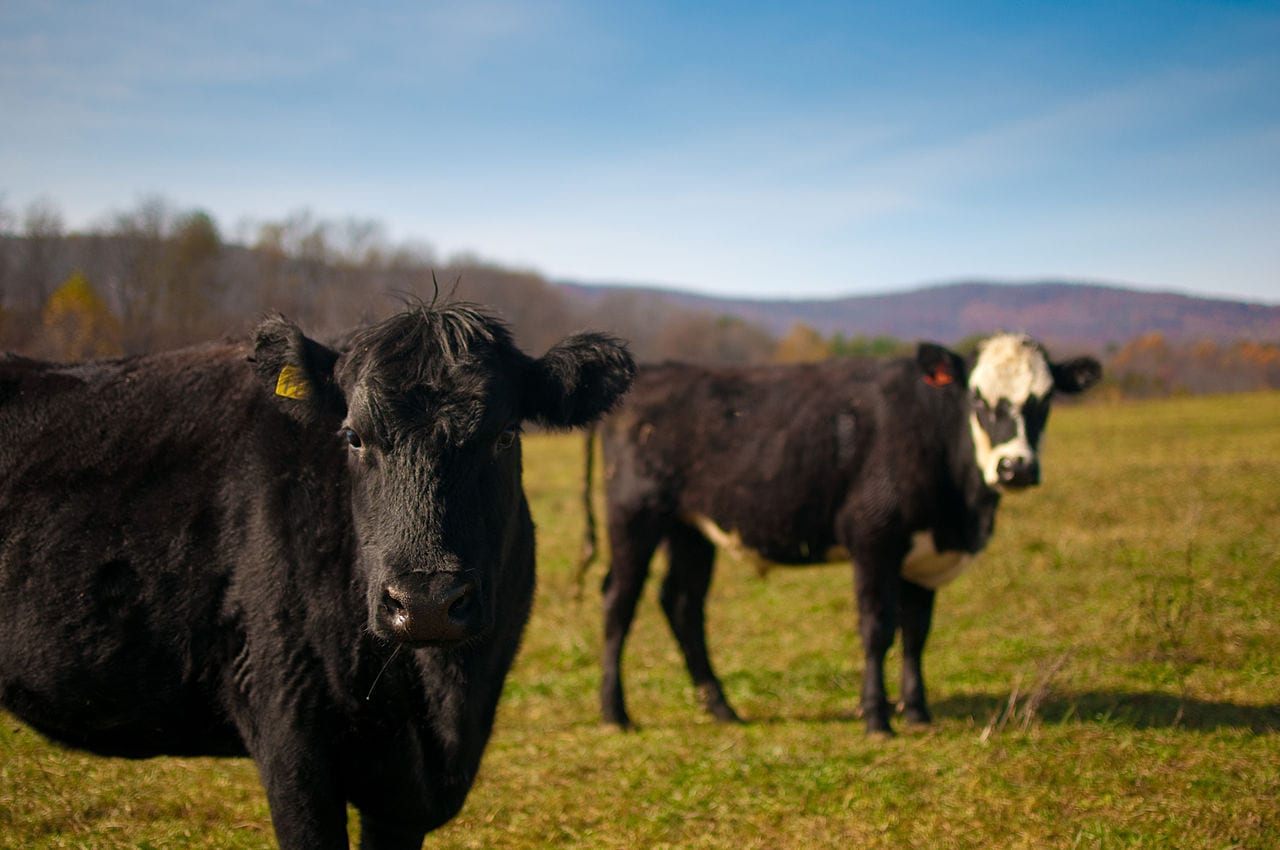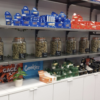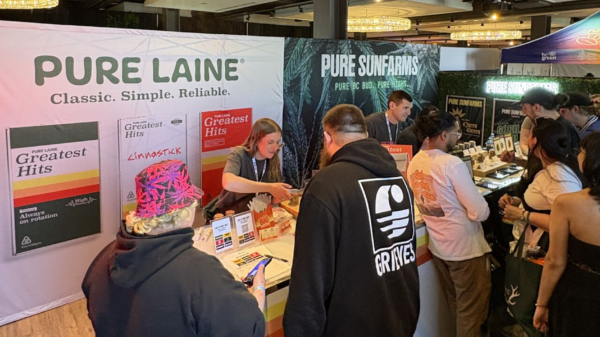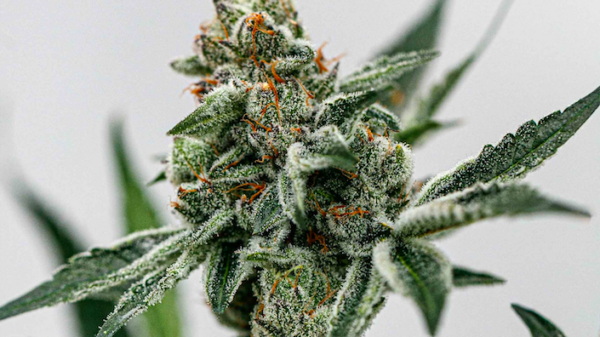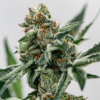Licensed cultivators in Metro Vancouver are crying foul at the region’s proposed rules to clamp down on cannabis odours.
Metro Vancouver Regional District is asking for stakeholder feedback on its proposed emission regulations for cannabis production and processing.
As a Nov. 30 deadline for receiving input approaches, producers are concerned with large inaccuracies that the draft rules are based on, as well as significant setbacks the rules would introduce.
Metro Vancouver is using these regulations to justify targeting cannabis operations, which is estimated to be less than one per cent of all sources of VOC emissions in the region, says Mandesh Dosanjh, CEO of Pure Sunfarms, based in Delta, B.C.
“Furthermore, Metro Vancouver’s calculations are flawed,” he continues in an email. “Not only are their estimates based on limited and questionable scientific sources, they are 5–6 times higher than those reported in the Ministry of Agriculture’s own recently released VOC report.”
Read more: Metro Vancouver poised to draft controversial cannabis emissions bylaws
Read more: BC cannabis industry leaders create first advocacy coalition for growers
According to the agriculture ministry’s study, released in September, just 0.3 per cent of the region’s volatile organic compound (VOC) emissions come from indoor pot production.
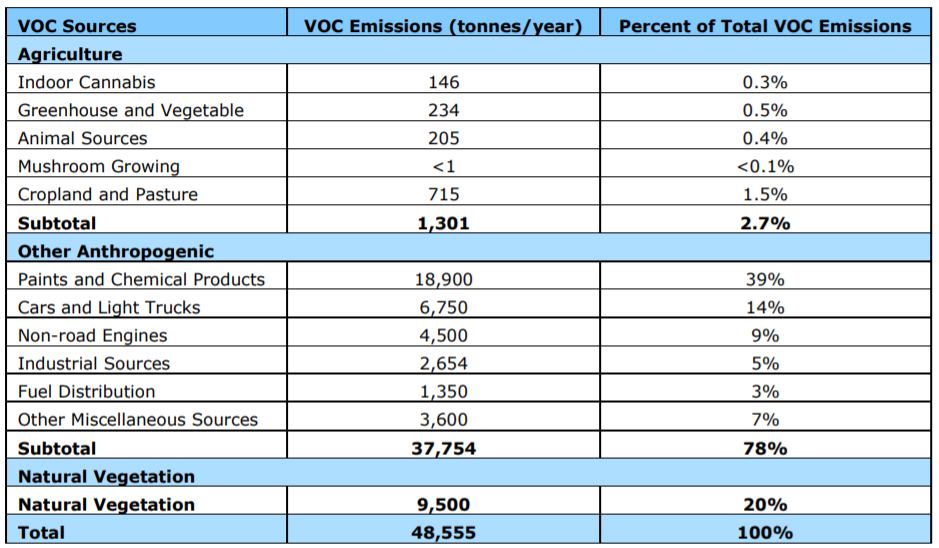
A recent report by B.C.’s Ministry of Agriculture shows that cannabis cultivation is one of the smallest producers of VOC emissions in the province. Metro Vancouver’s rules are based on estimates that are more than 14 times higher. Chart via Ministry of Agriculture
In a “worst-case” scenario, where cultivation more than doubles from its current footprint and efficiencies to control VOCs are overstated, industrial cannabis would account for only 0.7 per cent of the region’s emissions, dwarfed by sources such as paints and chemical products, as well as road vehicles and non-road engines.
“We believe these regulations are ill-considered, establishing a concerning precedent that cultivators in other industries in British Columbia should be watching closely and that cannabis producers everywhere should be wary of,” Dosanjh says, echoing worries expressed by the province’s agriculture sector at large that restricting cannabis smells could be a slippery slope to stricter regulations on other sectors.
Dan Sutton, CEO of Tantalus Labs in Maple Ridge, also highlights flaws in Metro Vancouver’s calculations. The region’s internal estimates have been as high as 2,100 tonnes of emissions per year, compared to the Ministry of Agriculture’s estimate of 146 tonnes, just 7 per cent of Metro Vancouver’s total.
“If an individual has concerns over farm odour, they have historically been directed to the Farm Industry Review Board to investigate and field complaints,” Sutton says. “It is unclear why Metro Vancouver has sought to manage these complaints.”
“Further, it is unclear how VOC emissions have been conflated with cannabis odour, much of which is related to non VOC plant sources such as chlorophyl and other plant compounds.”
Infrastructure changes could cause months-long shutdowns
The proposed regulations mandate strict infrastructure requirements, which would require significant updates to cannabis facilities.
If the proposed bylaw is to come in to law, Tantalus Labs would require a material overhaul of virtually all of its airflow infrastructure, Sutton explains.
“Mandated carbon filters and anteroom style double airlock doors are two examples of high cost infrastructure that would require us to shut down our production for months to implement.”
He also says that the infrastructure obligations would substantially impair airflow and humidity controls that exceeds his operation’s tolerance for preventing mould and other crop issues.
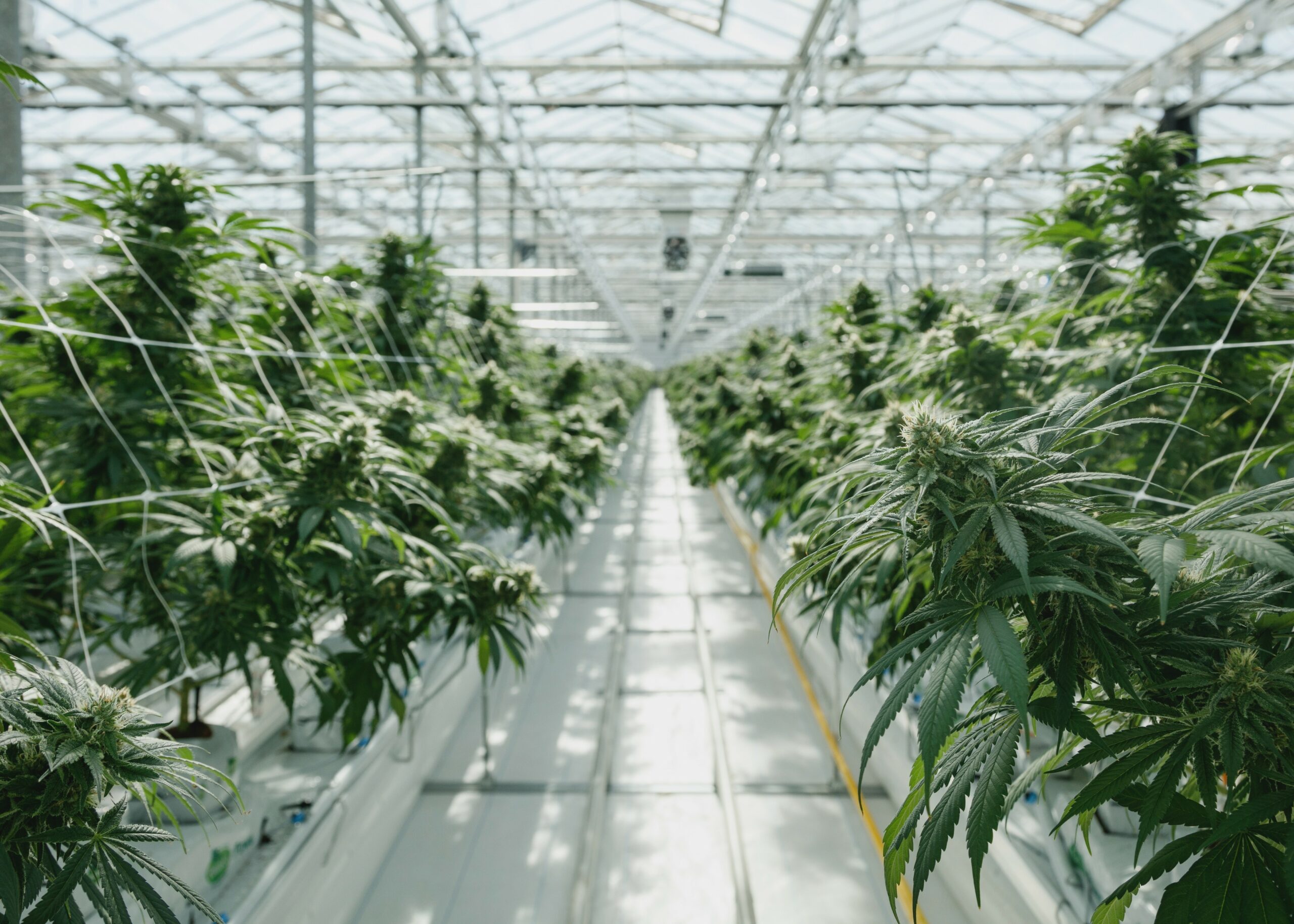
Producers say that proposed infrastructure changes could impact their environmental controls, leading to more contaminants and pests. Image via Pure Sunfarms
Producers will have to develop plans to manage emissions and handle complaints, as well as keep records for use of activated carbon.
Metro Vancouver spokesperson Niki Reitmayer confirmed with Mugglehead that outdoor cultivation won’t be covered in, or restricted by, the proposed regulation.
“However, it is important to note that the proposed requirements would still apply to processing facilities and/or on-site waste management (if any) ancillary to outdoor cultivation,” she said in an email.
The district says it encourages all stakeholders to give feedback on the draft rules.
An informational webinar was held last Thursday, with another to follow this Thursday, Nov. 4, at 1:00 p.m. PDT. More information can be found on Metro Vancouver’s website.
nick@mugglehead.com

